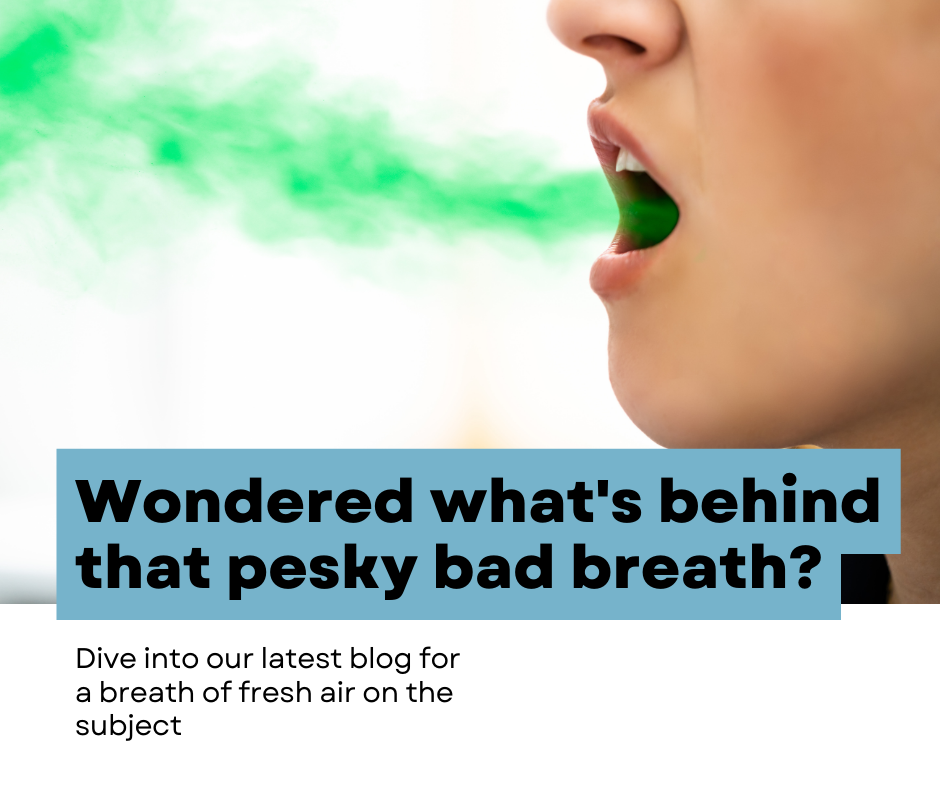
- Cosmetic Dentistry
- by admin_cosmetic
Hey there, smile enthusiasts! Ever been in a situation where you’re really enjoying a conversation but suddenly become self-conscious about your breath? You’re not alone. Bad breath, medically known as halitosis, is a common worry that can put a damper on any social situation. But what if I told you that the cause behind this unpleasant guest isn’t just about what you ate but involves some microscopic culprits hiding right under your nose… or rather, inside your mouth!
Researchers from the far-off lands of Japan at Osaka University have made a groundbreaking discovery that might just change the way we tackle bad breath. Published in the journal mSystems, their study unveils how two types of oral bacteria, when they get together, can turn your mouth into, well, not such a fresh scene.
The Bacterial Culprits
Imagine your mouth as a bustling metropolis, home to billions of bacteria. Among the citizens are Streptococcus gordonii and Fusobacterium nucleatum, two types that usually mind their own business. However, when these two get chatty, things start to smell fishy. The study reveals that S. gordonii has the unique ability to kick F. nucleatum into overdrive, producing large amounts of methyl mercaptan – a compound known for its strikingly unpleasant odor. Think of it as the bacteria throwing a party where the main dish is bad breath!
A Deeper Dive into the Microbial Tango
The researchers didn’t just stop at identifying the culprits; they went further to understand how this interaction happens. It turns out S. gordonii produces a substance called ornithine, which acts like a wake-up call for F. nucleatum to start producing polyamine. This process is essential because to make polyamine, F. nucleatum needs methionine, and breaking down methionine leads to – you guessed it – a bounty of methyl mercaptan.
What This Means for Your Mouth
Armed with this knowledge, we’re a step closer to fresh breath! Understanding the intricate dance between these bacteria opens new doors for preventing and treating bad breath. Instead of merely masking the odor with mints or mouthwash, we might be able to target the source directly. And because bad breath can be a precursor to more serious dental issues like periodontal disease, this discovery is not just about social grace but also about protecting your oral health.
So, what can you do in the meantime? Continue practicing good oral hygiene – brush, floss, and don’t skip those dentist appointments. These habits are your first line of defense against the bacterial soirée happening in your mouth. And remember, the world of cosmetic dentistry is always evolving, bringing us closer to solutions that not only make us look good but also feel good.
Intrigued by how science is making strides in understanding our oral ecosystem? Stay tuned for more insights that’ll keep you smiling confidently!
Osaka University. “When it comes to bad breath, some bacterial interactions really stink.” ScienceDaily. ScienceDaily, 15 February 2024.
